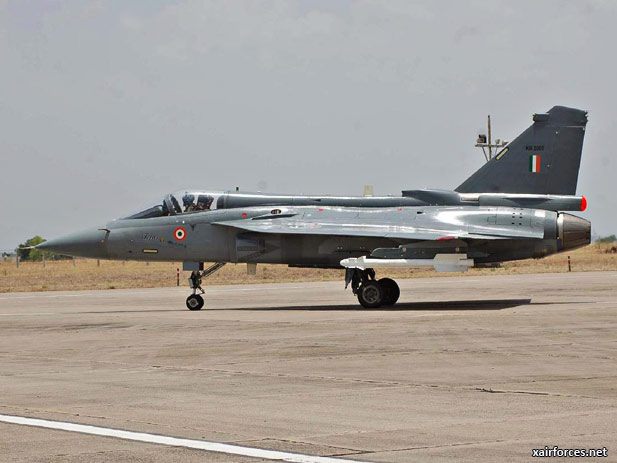
Confronted with scams in India defence deals

Confronted with scams in defence deals, Antony asks armed forces to shed overdependence on foreign vendors for buying military hardware
The taint of corruption in the AgustaWestland helicopter deal has brought focus on the need to shed overdependence on foreign vendors for military hardware, but the status of indigenous defence programmes tells a story of cost overruns and delays.
Confronted with allegations of largescale corruption in defence deals, Defence Minister A.K. Antony has asked armed forces to change the mindset of rushing to foreign vendors for military equipment and hinted at indigenisation as a solution to check graft.
Mail Today assessed the research and development costs of some of the major programmes and their status.
Hindustan Aeronautics Limited (HAL) is making light combat helicopter, which took part in Indian Air Force's latest exercise 'Iron Fist' in Pokhran. The state-owned aeronautical company has spent about Rs.900 crore to develop the helicopter whose induction has already been delayed by four years.
Armed forces have severe shortage of light utility helicopters. But the effort to develop them at home will cost about Rs.400 crore and the project is already behind schedule by 30 months.
HAL is looking to supply Cheetal light helicopters meant for operations in high altitude areas. The 10 helicopters to be supplied to the air force will cost Rs.100 crore.
The development of intermediate jet trainers has hit a roadblock despite the programme costing Rs.600 crore. The jet trainers, needed badly by the IAF, have been under development for a decade. The IAF is hoping that the issues regarding the aircraft's design would be sorted out but its induction seems unlikely anytime soon.
The advanced light helicopter Mk-IV, a version which comes with guns, rockets and missiles, has been delayed by four years.
The R&D cost analysis of light combat aircraft Tejas shows that the project's cost is now Rs.13,000 crore with completion deadline of December, 2018. The project was started about 35 years ago with a budget of Rs.560 crore.
India, the biggest arms importer in the world, buys 70 per cent of its military equipment from foreign vendors. The lack of private defence industry and failure of public sector undertakings to deliver have contributed to the situation. Officials say it would take at least three decades for the indigenization to make any impact.
Blame game
The defence scientific establishment blames armed forces for preferring foreign military hardware and not supporting the local efforts. It was reflected in tussle between the army and DRDO over Arjun tanks. The army accepted the locally made tanks and ordered 124 (Mk-I) of them only after extensive comparative trials with Russian T-90s and removal of defects.
In the renewed effort to develop the domestic industry, emphasis is on private participation which has been nonexistent. But situation is gradually changing with big industrial houses like Tatas, Reliance, Mahindra and L&T making inroads in defence manufacturing. The IAF is looking to get its first aircraft from private sector as replacement for the existing fleet of 56 Avros. The `12000 crore project is aimed at encouraging private aircraft manufacturing.
Source: (indiatoday.intoday.in) News - 16 March 2013
Photo: The Indian Air Force HAL Tejas Light Combat Aircraft (Photo by Files)
(16.03.2013)
|